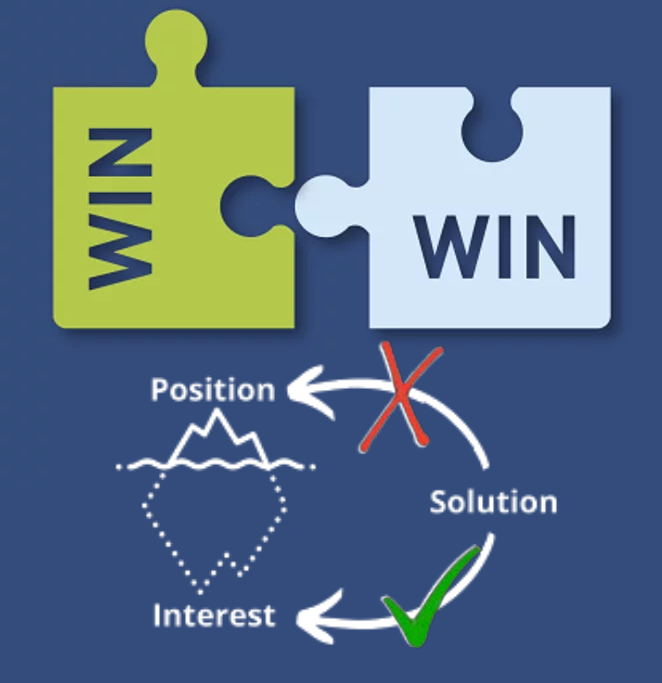
Bridging the Divide: Transforming Conflict through Interest-Based Solutions
Last updated: October 08, 2024 Read in fullscreen view
- 09 Oct 2022
 Rapid Application Development Case Study - TIGO Consulting 24/572
Rapid Application Development Case Study - TIGO Consulting 24/572 - 18 Oct 2020
 How to use the "Knowns" and "Unknowns" technique to manage assumptions 21/992
How to use the "Knowns" and "Unknowns" technique to manage assumptions 21/992 - 01 Oct 2020
 Fail fast, learn faster with Agile methodology 13/975
Fail fast, learn faster with Agile methodology 13/975 - 12 Oct 2022
 14 Common Reasons Software Projects Fail (And How To Avoid Them) 10/505
14 Common Reasons Software Projects Fail (And How To Avoid Them) 10/505 - 19 Oct 2021
 Is gold plating good or bad in project management? 8/756
Is gold plating good or bad in project management? 8/756 - 10 Nov 2022
 Poor Code Indicators and How to Improve Your Code? 8/214
Poor Code Indicators and How to Improve Your Code? 8/214 - 28 Jul 2022
 POC, Prototypes, Pilots and MVP: What Are the Differences? 6/610
POC, Prototypes, Pilots and MVP: What Are the Differences? 6/610 - 06 Feb 2021
 Why fail fast and learn fast? 6/376
Why fail fast and learn fast? 6/376 - 13 Oct 2021
 Outsourcing Software Development: MVP, Proof of Concept (POC) and Prototyping. Which is better? 6/426
Outsourcing Software Development: MVP, Proof of Concept (POC) and Prototyping. Which is better? 6/426 - 01 Mar 2023
 Bug Prioritization - What are the 5 levels of priority? 6/207
Bug Prioritization - What are the 5 levels of priority? 6/207 - 07 Oct 2025
 Case Study: Using the “Messaging House” Framework to Build a Digital Transformation Roadmap 5/53
Case Study: Using the “Messaging House” Framework to Build a Digital Transformation Roadmap 5/53 - 05 Mar 2021
 How do you minimize risks when you outsource software development? 5/318
How do you minimize risks when you outsource software development? 5/318 - 31 Aug 2022
 What are the best practices for software contract negotiations? 5/215
What are the best practices for software contract negotiations? 5/215 - 18 Aug 2022
 What are the consequences of poor requirements with software development projects? 4/243
What are the consequences of poor requirements with software development projects? 4/243 - 14 Oct 2021
 Advantages and Disadvantages of Time and Material Contract (T&M) 4/794
Advantages and Disadvantages of Time and Material Contract (T&M) 4/794 - 04 Oct 2022
 Which ERP implementation strategy is right for your business? 4/278
Which ERP implementation strategy is right for your business? 4/278 - 12 Dec 2021
 Zero Sum Games Agile vs. Waterfall Project Management Methods 4/376
Zero Sum Games Agile vs. Waterfall Project Management Methods 4/376 - 01 Dec 2023
 Laws of Project Management 3/250
Laws of Project Management 3/250 - 18 Jul 2021
 How To Ramp Up An Offshore Software Development Team Quickly 3/518
How To Ramp Up An Offshore Software Development Team Quickly 3/518 - 08 Oct 2022
 KPI - The New Leadership 3/557
KPI - The New Leadership 3/557 - 31 Oct 2021
 Tips to Fail Fast With Outsourcing 3/376
Tips to Fail Fast With Outsourcing 3/376 - 12 May 2024
 The Pros and Cons of the Creator Economy in the Age of AI: Opportunities, Challenges, and the Gray Zone with the Gig Economy 3/232
The Pros and Cons of the Creator Economy in the Age of AI: Opportunities, Challenges, and the Gray Zone with the Gig Economy 3/232 - 05 Sep 2023
 The Cold Start Problem: How to Start and Scale Network Effects 3/167
The Cold Start Problem: How to Start and Scale Network Effects 3/167 - 08 Feb 2024
 Case Study: How and why I built Japan Dev? 2/196
Case Study: How and why I built Japan Dev? 2/196 - 01 May 2024
 Warren Buffett’s Golden Rule for Digital Transformation: Avoiding Tech Overload 2/188
Warren Buffett’s Golden Rule for Digital Transformation: Avoiding Tech Overload 2/188 - 23 Sep 2021
 INFOGRAPHIC: Top 9 Software Outsourcing Mistakes 2/412
INFOGRAPHIC: Top 9 Software Outsourcing Mistakes 2/412 - 17 Feb 2022
 Prioritizing Software Requirements with Kano Analysis 2/284
Prioritizing Software Requirements with Kano Analysis 2/284 - 28 Dec 2021
 8 types of pricing models in software development outsourcing 2/418
8 types of pricing models in software development outsourcing 2/418 - 28 Oct 2022
 Build Operate Transfer (B.O.T) Model in Software Outsourcing 2/364
Build Operate Transfer (B.O.T) Model in Software Outsourcing 2/364 - 04 Oct 2021
 Product Validation: The Key to Developing the Best Product Possible 2/295
Product Validation: The Key to Developing the Best Product Possible 2/295 - 10 Jan 2024
 Like for Like – how to preserves existing business and leverage technological advancement 2/337
Like for Like – how to preserves existing business and leverage technological advancement 2/337 - 10 Dec 2023
 Pain points of User Acceptance Testing (UAT) 2/417
Pain points of User Acceptance Testing (UAT) 2/417 - 13 Dec 2020
 Move fast, fail fast, fail-safe 2/292
Move fast, fail fast, fail-safe 2/292 - 26 Dec 2023
 Improving Meeting Effectiveness Through the Six Thinking Hats 1/205
Improving Meeting Effectiveness Through the Six Thinking Hats 1/205 - 05 Jan 2024
 Easy ASANA tips & tricks for you and your team 1/181
Easy ASANA tips & tricks for you and your team 1/181 - 11 Jan 2024
 What are the Benefits and Limitations of Augmented Intelligence? 1/435
What are the Benefits and Limitations of Augmented Intelligence? 1/435 - 19 Apr 2021
 7 Most Common Time-Wasters For Software Development 1/525
7 Most Common Time-Wasters For Software Development 1/525 - 23 May 2024
 Mastering AI: Sharpening the Axe in the Digital Age 1/182
Mastering AI: Sharpening the Axe in the Digital Age 1/182 - 03 Oct 2021
 Five long-lasting trends in Chinese Marketing 1/345
Five long-lasting trends in Chinese Marketing 1/345 - 05 Sep 2024
 The Inverted Approach: A Guide to Identifying Software Risks with Reverse Brainstorming 1/219
The Inverted Approach: A Guide to Identifying Software Risks with Reverse Brainstorming 1/219 - 12 Aug 2024
 Understanding Google Analytics in Mumbai: A Beginner's Guide 1/85
Understanding Google Analytics in Mumbai: A Beginner's Guide 1/85 - 01 Aug 2024
 Red vs. Blue Oceans in Software Development /189
Red vs. Blue Oceans in Software Development /189 - 14 Mar 2024
 Why should you opt for software localization from a professional agency? /117
Why should you opt for software localization from a professional agency? /117 - 12 Mar 2024
 How do you create FOMO in software prospects? /131
How do you create FOMO in software prospects? /131 - 19 Apr 2024
 What is Skills-Based Approach & Why Does it Matter? /119
What is Skills-Based Approach & Why Does it Matter? /119 - 06 Mar 2024
 [SemRush] What Are LSI Keywords & Why They Don‘t Matter /131
[SemRush] What Are LSI Keywords & Why They Don‘t Matter /131 - 08 May 2024
 Time Unlocked: Mastering the Pomodoro Technique Against Parkinson's Law /189
Time Unlocked: Mastering the Pomodoro Technique Against Parkinson's Law /189 - 15 Aug 2025
 Quantum Technology: Global Challenges and Opportunities for Innovators /57
Quantum Technology: Global Challenges and Opportunities for Innovators /57 - 19 Oct 2021
 Software development life cycles /628
Software development life cycles /628 - 06 Nov 2019
 How to Access Software Project Size? /236
How to Access Software Project Size? /236 - 09 Jun 2022
 Case Study: PRODUCT LAUNCH WITH AGILE METHODOLOGY /286
Case Study: PRODUCT LAUNCH WITH AGILE METHODOLOGY /286
The story of the orange teaches valuable negotiation principles. Avoid arguing or compromising, focus on needs, and communicate clearly to minimize conflicts. This approach increases the chances of a win-win outcome.
The Dilemma of the Orange
There was once only one orange left in a kitchen and two prominent chefs were fighting over it.
"I need that orange !"
"Yes, but I need that orange as well !"
Time was running out and they both needed an orange to finish their particular recipes for the President's dinner. They decided on a compromise: they grabbed one of the large kitchen knives that was lying around, split the orange in half, and each went to his corner to finish preparing his meal.
One chef squeezed the juice from the orange and poured it into the special sauce he was making. It wasn't quite enough, but it would have to do. The other grated the peel and stirred the scrapings into the batter for his famous cake. He too didn't have as much as he would have liked, but given the situation, what else could he have done?
The better solution may seem obvious to you now: both chefs would have been better off if they had peeled the orange and had simply taken the part they needed. Instead, the chefs had focused on each other's position (the what) and not on each other's interest (the why).
The Negotiator's Dilemma: Creating and Claiming Value
In a negotiation, it is important to be able to distinguish between positions and interests - both yours and the parties' with whom you are negotiating. Depending on which one you decide to focus on will affect your negotiation style and influence the outcomes.
For example, you may insist on a higher salary to cover the costs of daycare for your child, but you never explain to your potential employer the reason why. The potential employer is unwilling to give your a greater salary because he is afraid of inequity among your future colleagues. With an understanding of why you want a greater salary, the potential employer could inform you that they are in the process of developing free daycare in the company building.
This post is about a small part of interest based bargaining. If you’re interested in learning more about advanced negotiation techniques, you can read the best-selling book by Roger Fisher and William Ury: Getting to Yes: Negotiating Agreement Without Giving In
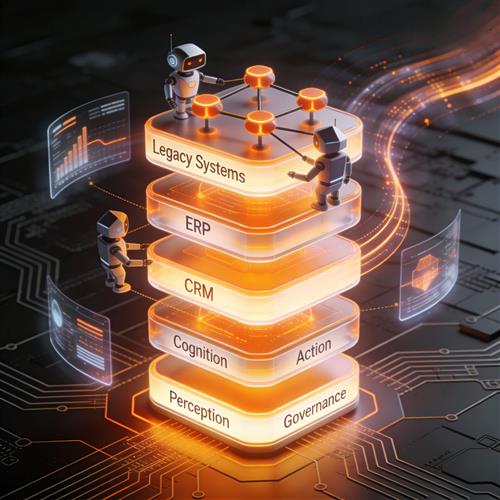


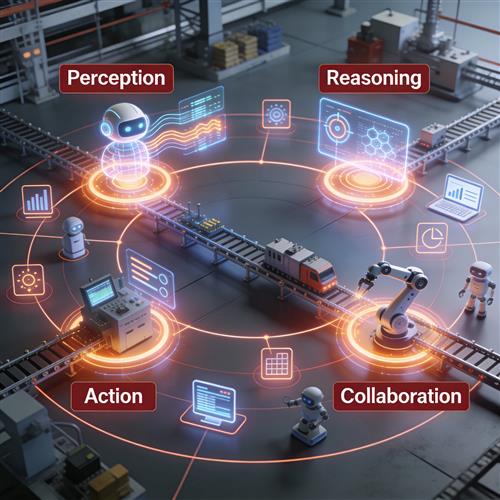

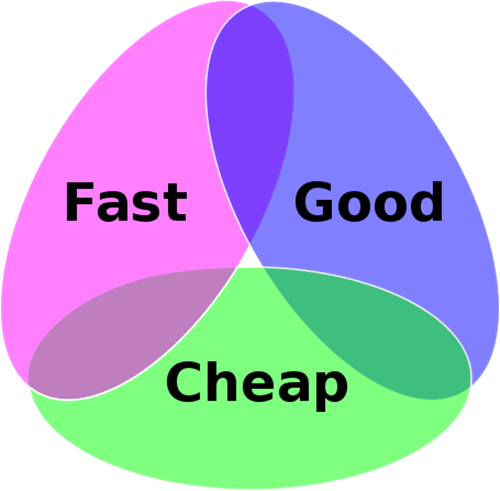

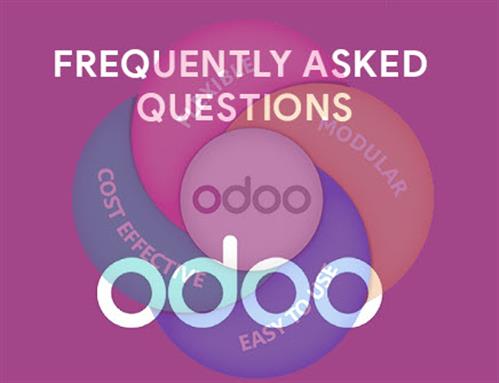
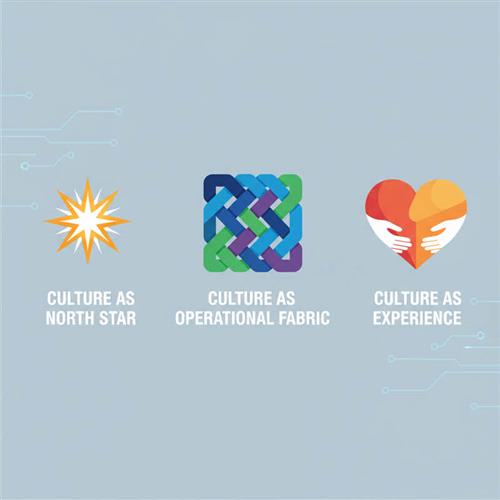


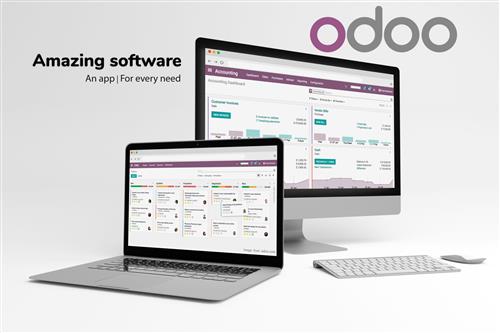
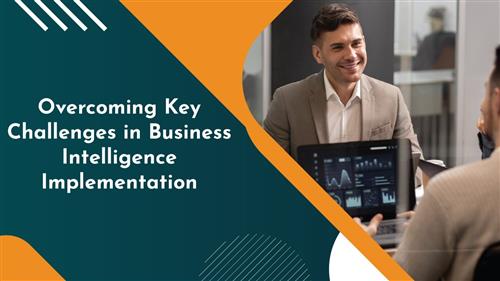


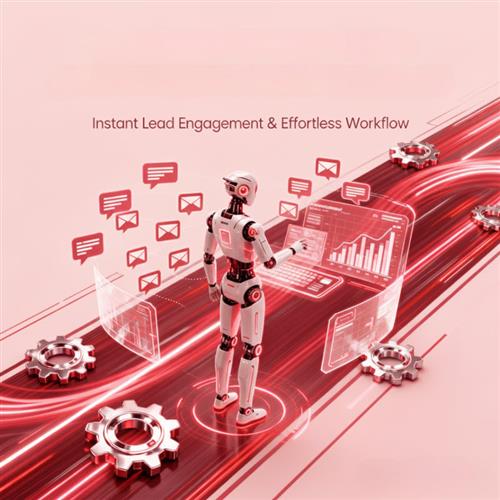
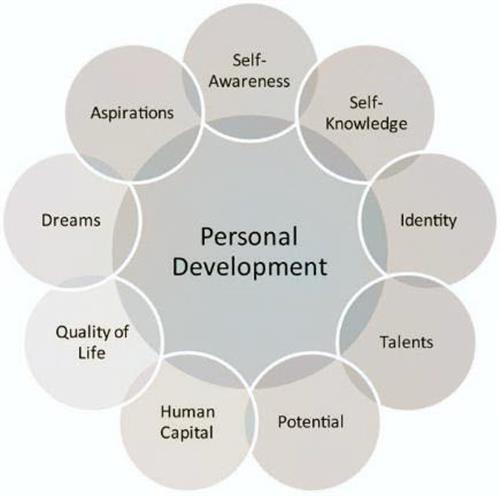
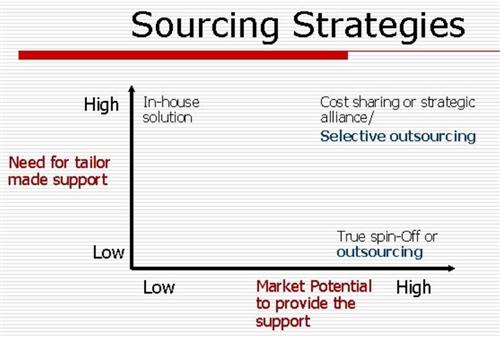

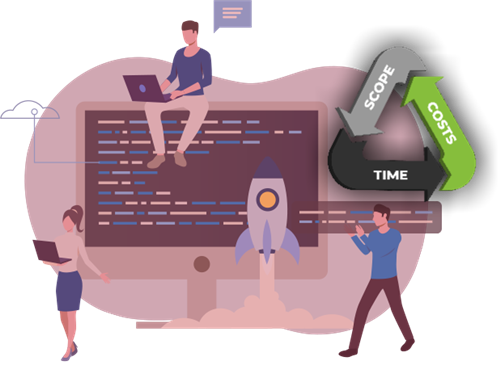
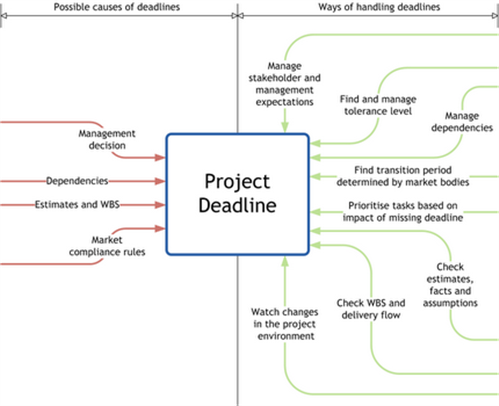
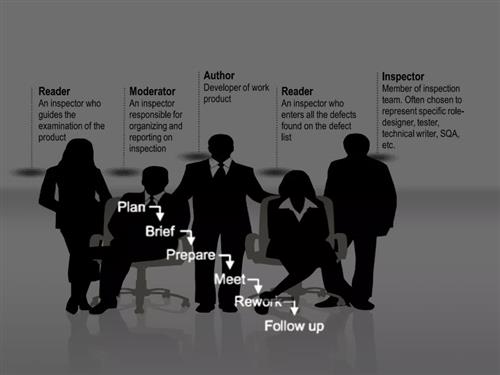
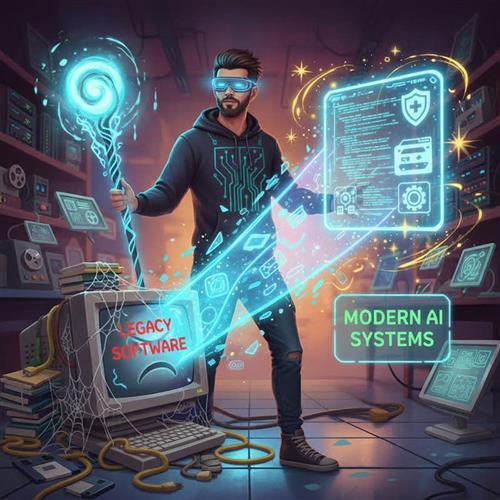











 Link copied!
Link copied!
 Recently Updated News
Recently Updated News